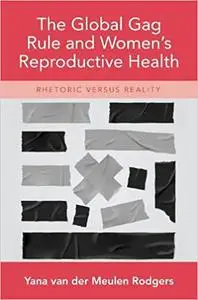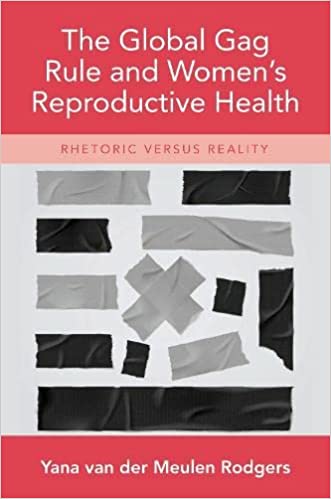Yana van der Meulen Rodgers, "The Global Gag Rule and Women's Reproductive Health: Rhetoric Versus Reality"
English | ISBN: 0190876123 | 2018 | 232 pages | EPUB | 2 MB
English | ISBN: 0190876123 | 2018 | 232 pages | EPUB | 2 MB
Foreign assistance by the United States is tangled with domestic politics, and perhaps this is most clear in relation to funding for health and family planning. The long arm of U.S. domestic politics has reached the intimate lives of women all over the world because it has threatened major cuts in funding to healthcare organizations in developing countries if they perform or promote abortions. This "global gag rule," so-called because to even mention abortion endangers funding, has been a hallmark of Republican administrations since it was first enacted by President Ronald Reagan. When Donald Trump reinstated and expanded the policy, there was popular uproar and a firestorm of debate. Proponents of the policy emphasize the importance of reducing the number of abortions globally and claim that the gag rule will be effective in achieving this goal.
In this innovative book, Yana van der Meulen Rodgers argues that the gag rule has failed to achieve its goal of reducing abortions. Rather, the restrictive legislation is associated with higher abortion rates, and because the reduction in funding is indiscriminate there are negative repercussions across a range of health outcomes for women, children, and men. While the rhetoric in media discourse has been extreme, Rodgers provides systematic analysis of how the global gag rule affects women's reproductive health across developing regions, grounded in a conceptual framework that models the complex factors that influence women's decision making about fertility. She also traces the background to American policy, the evolution of international family planning programs, the links between contraceptive access and fertility rates, and the relationship between restrictive abortion laws and abortion rates. And because Rodgers provides a rounded perspective on factors influencing women's
decisions on reproduction and abortion, she offers a constructive and cost-effective approach for U.S. family planning assistance that targets integrated reproductive health services.
Read more



